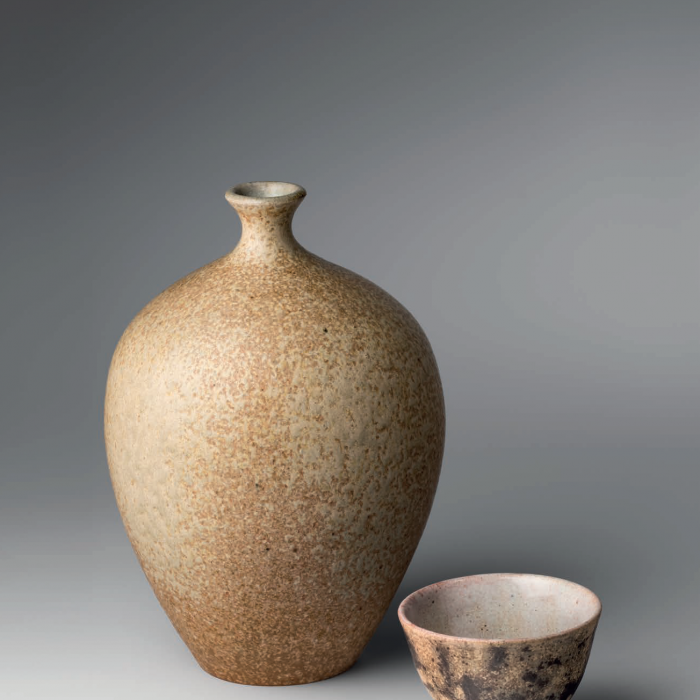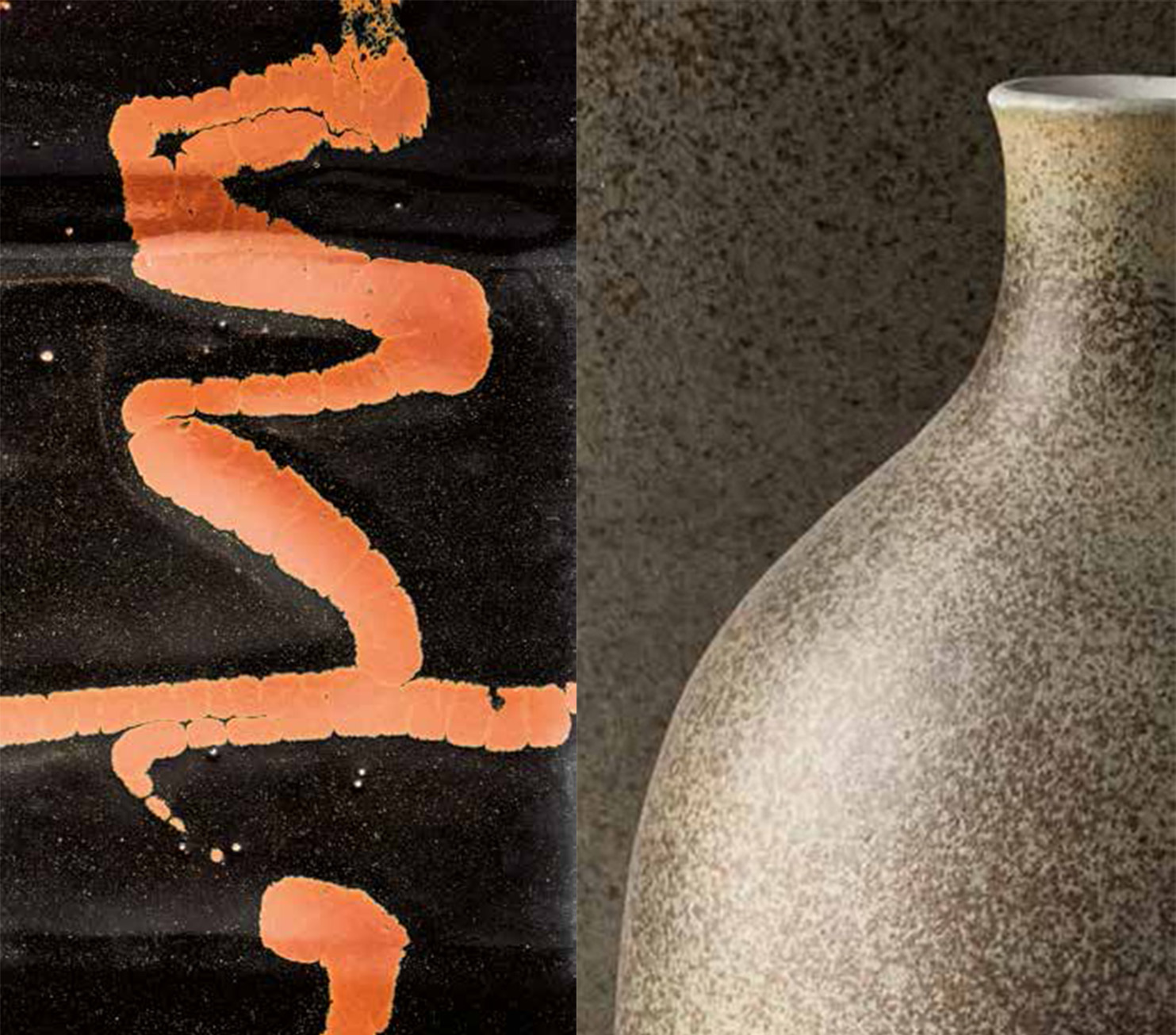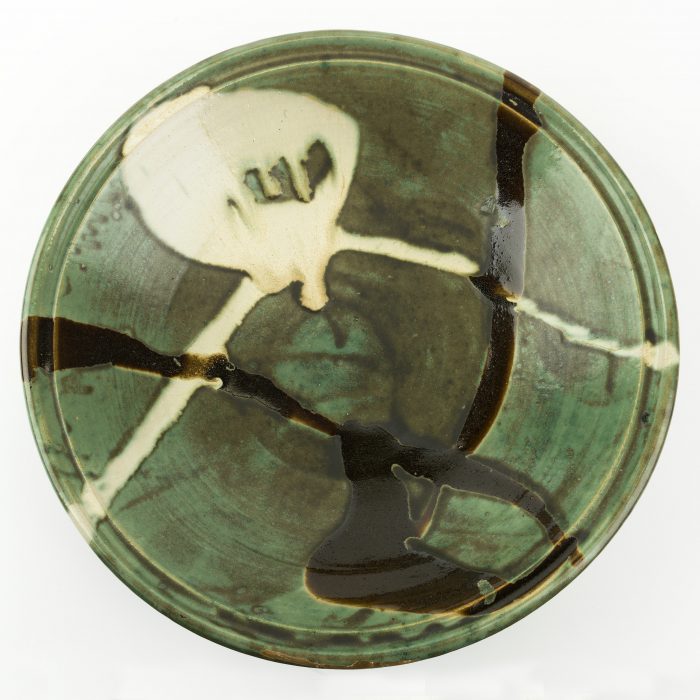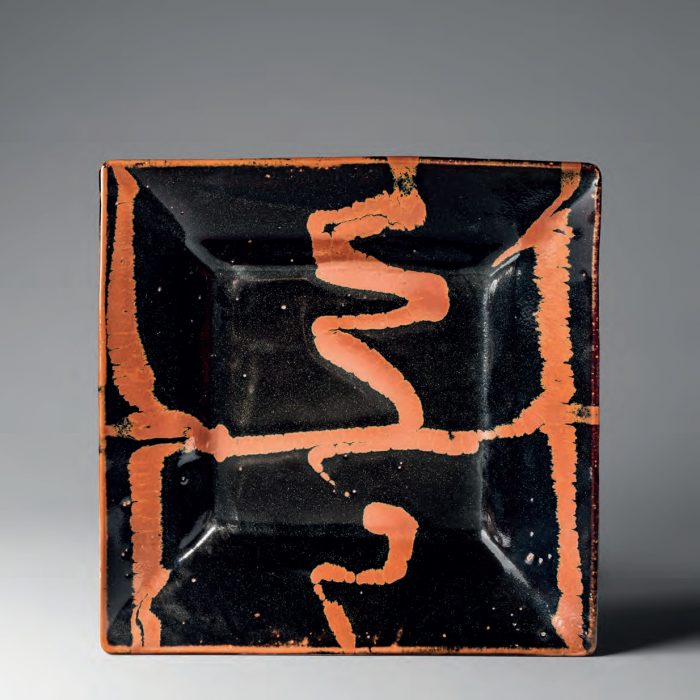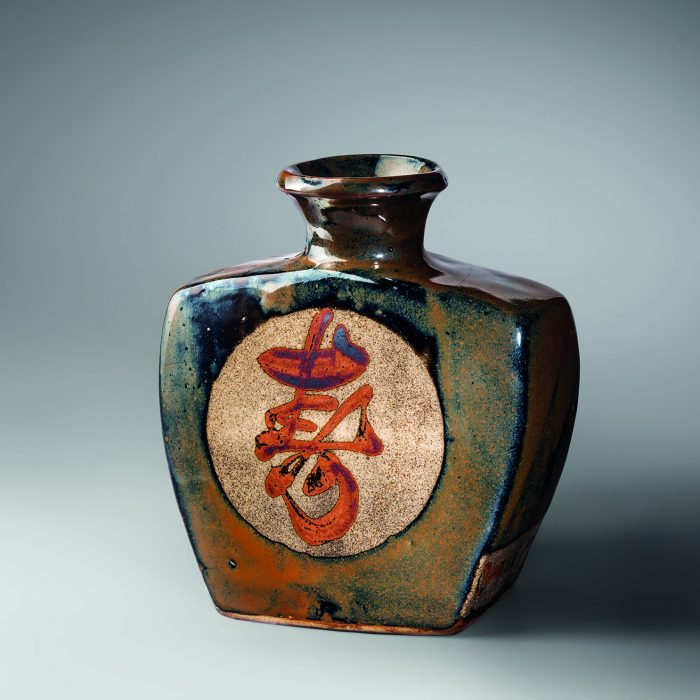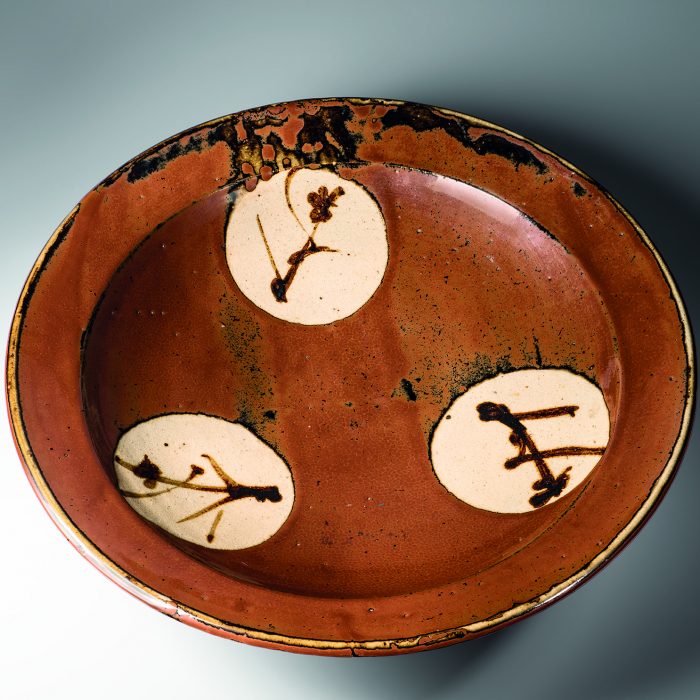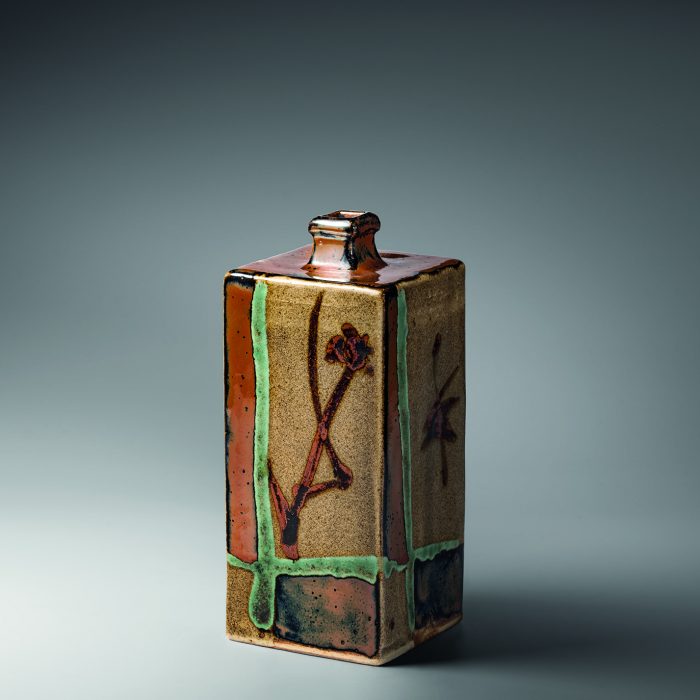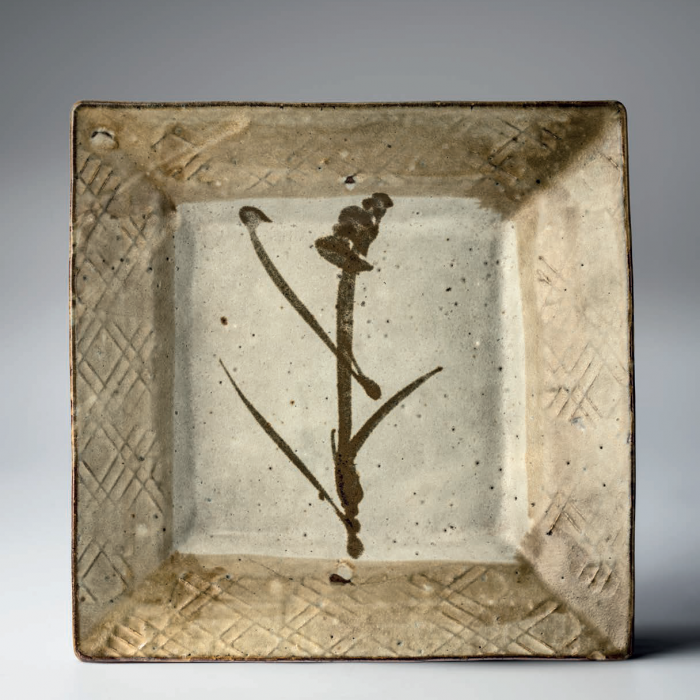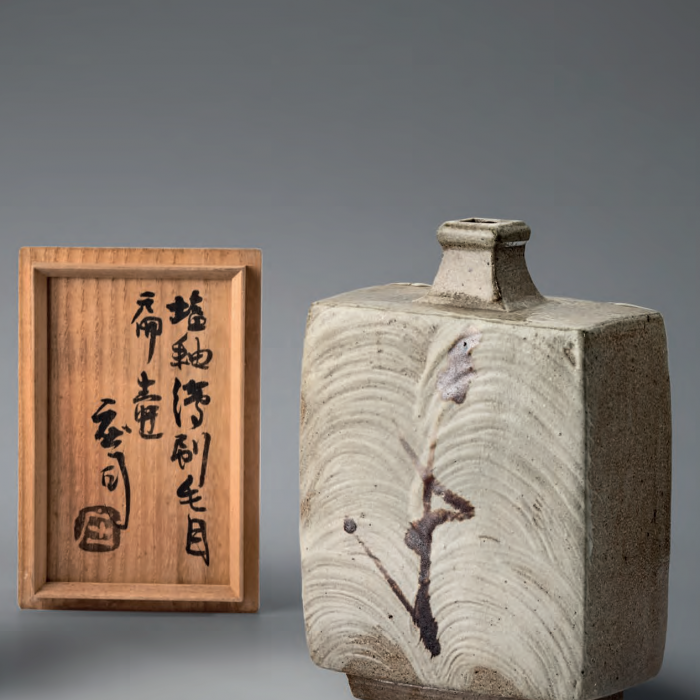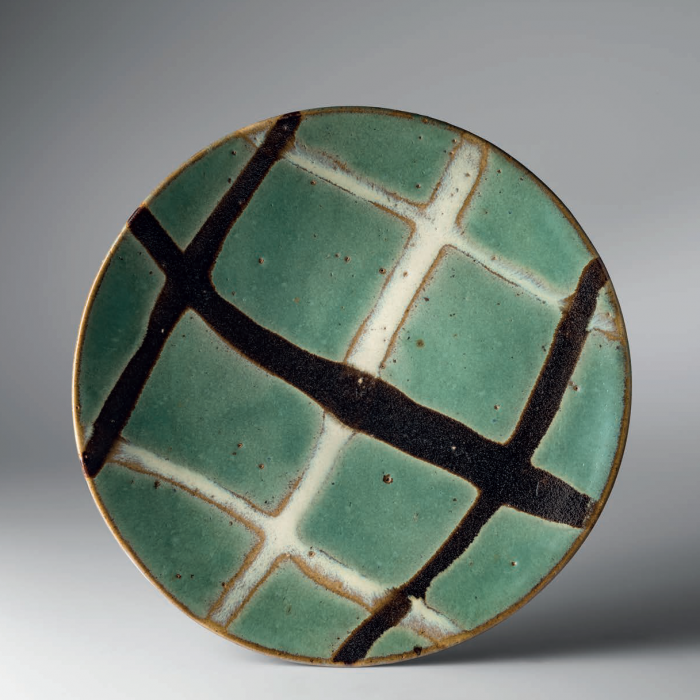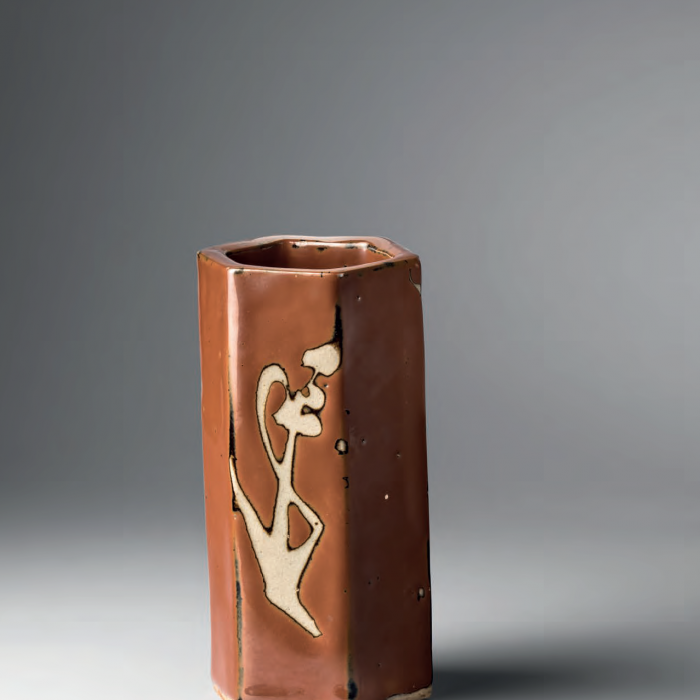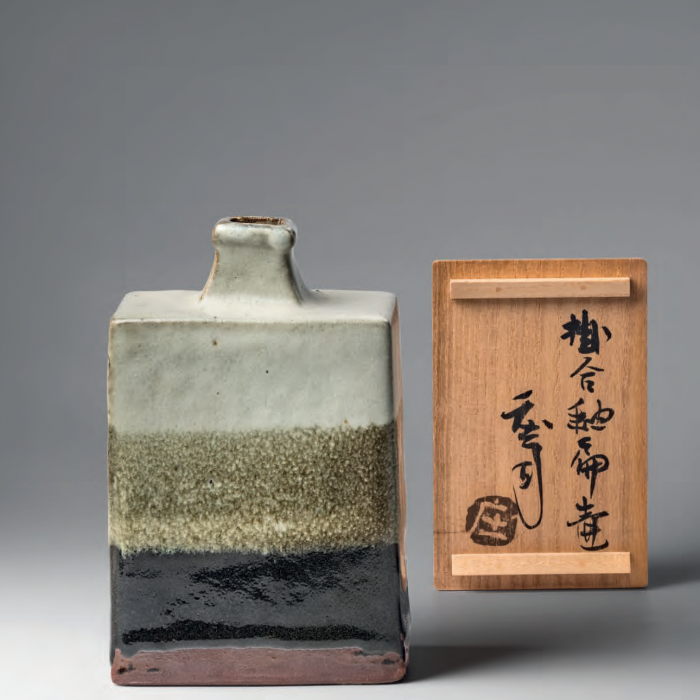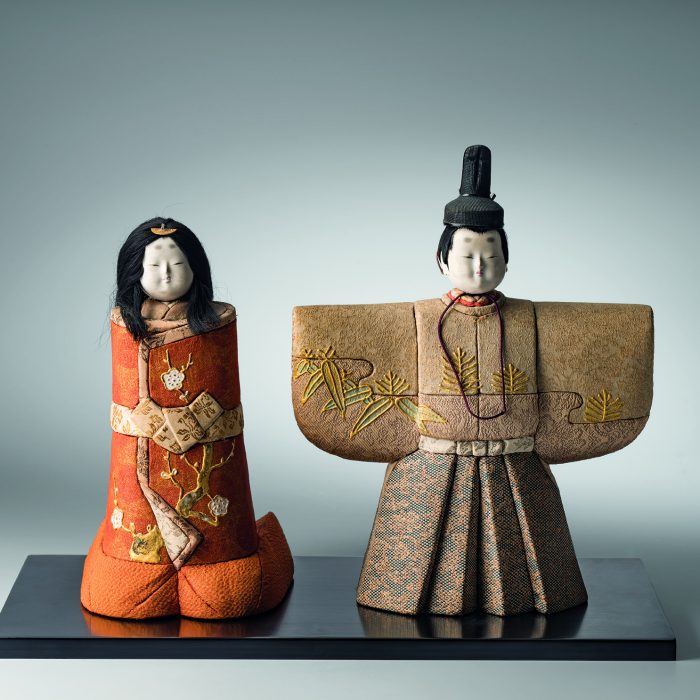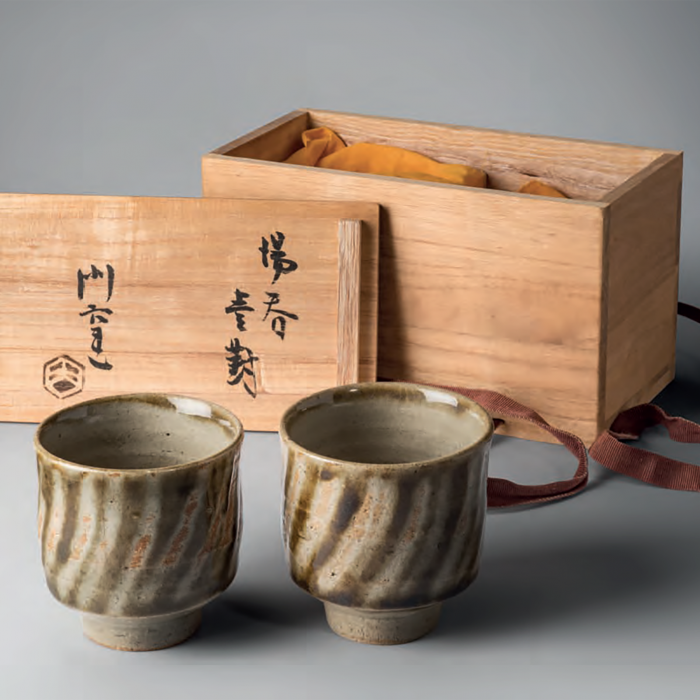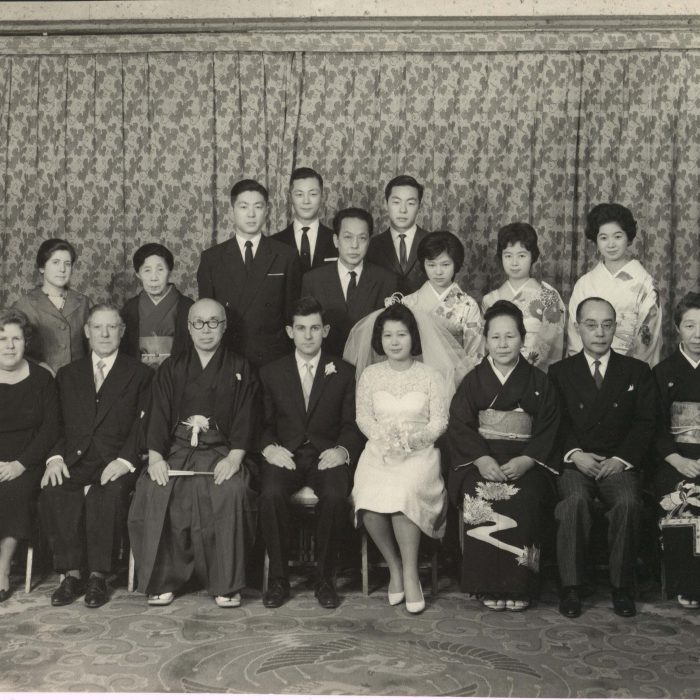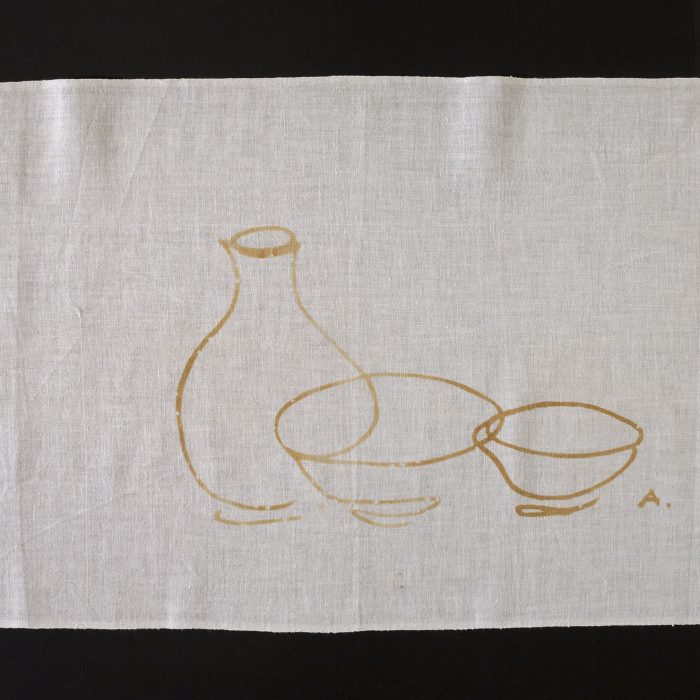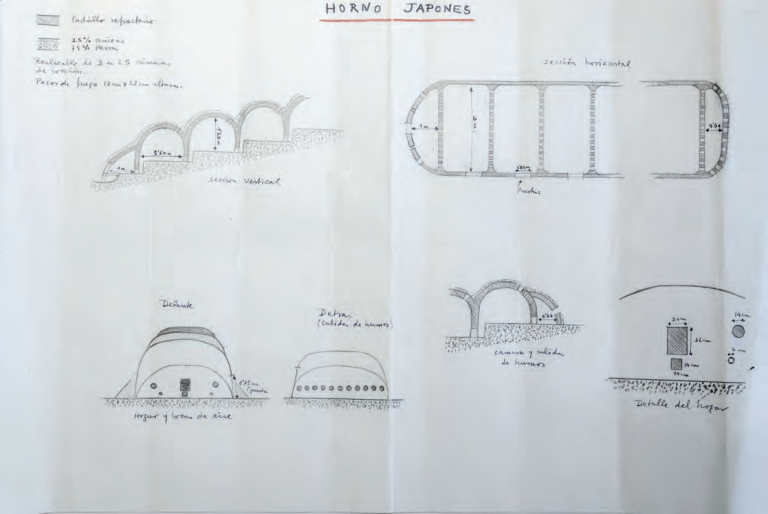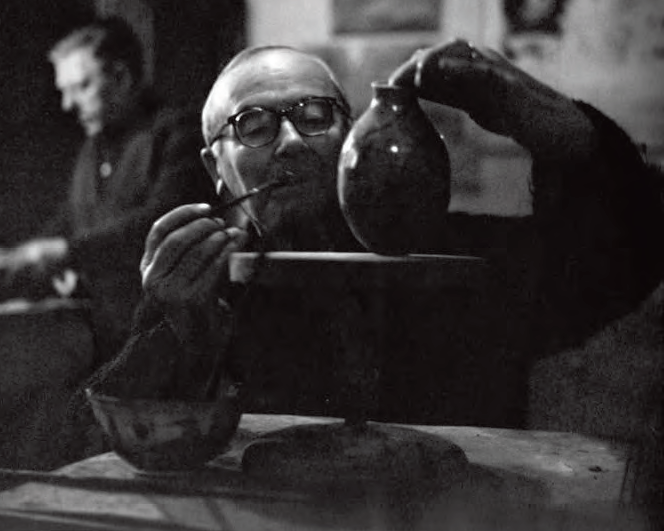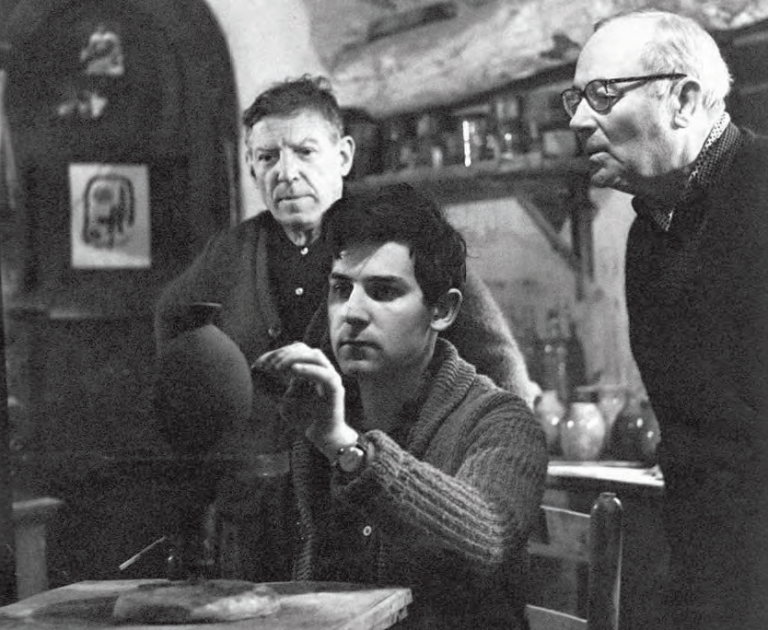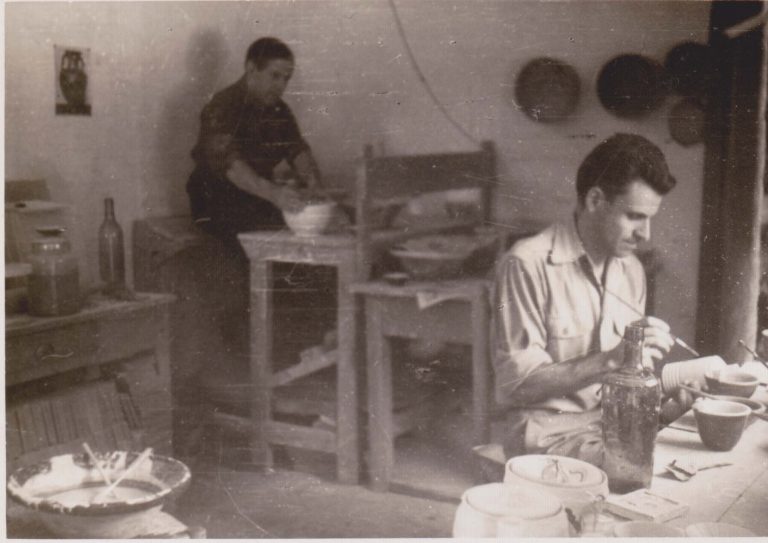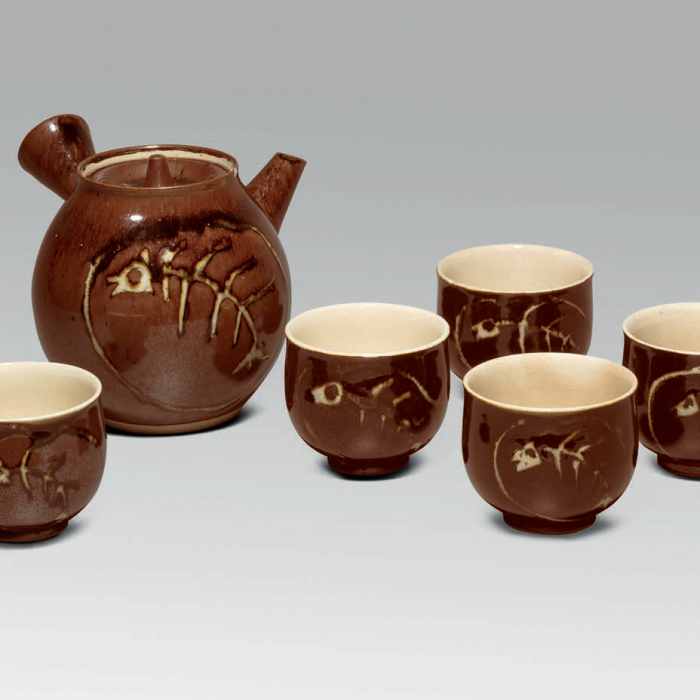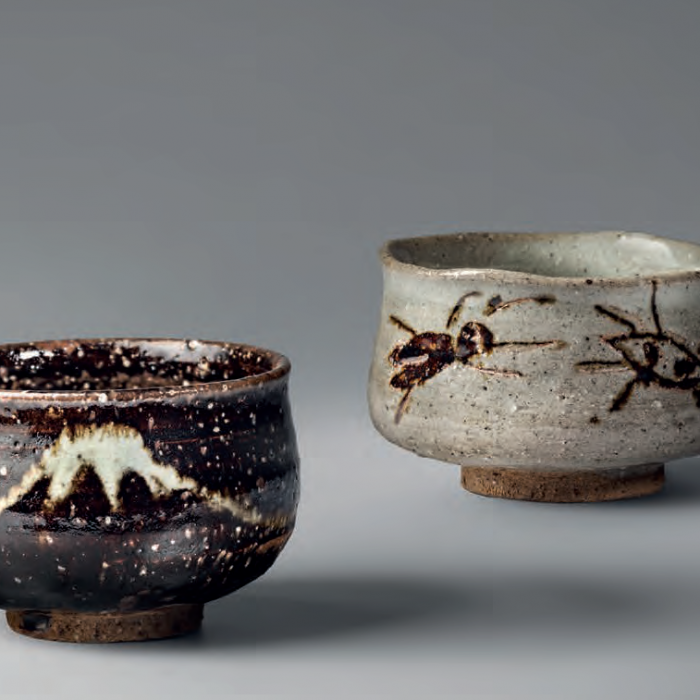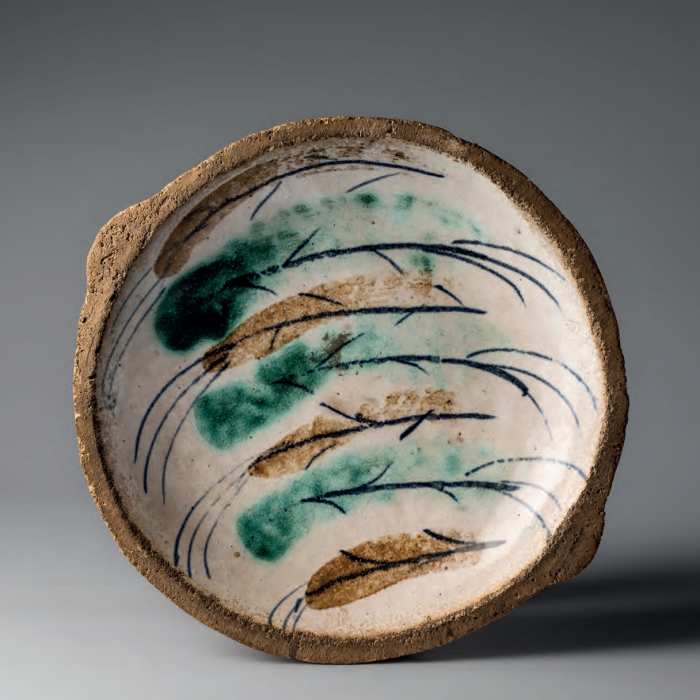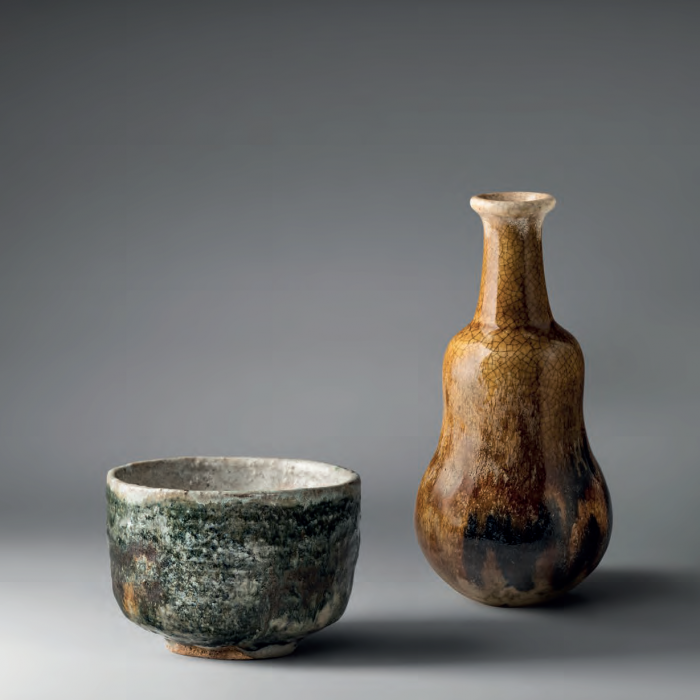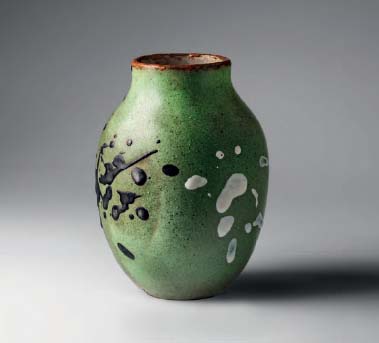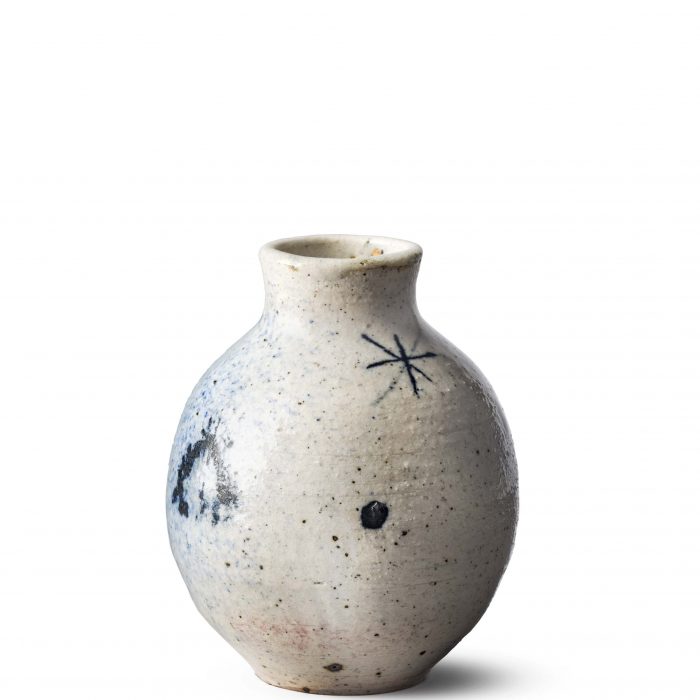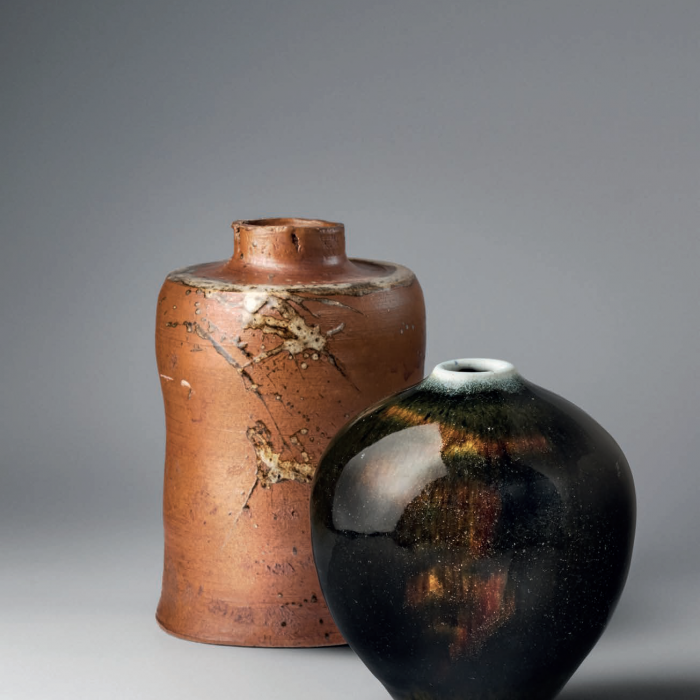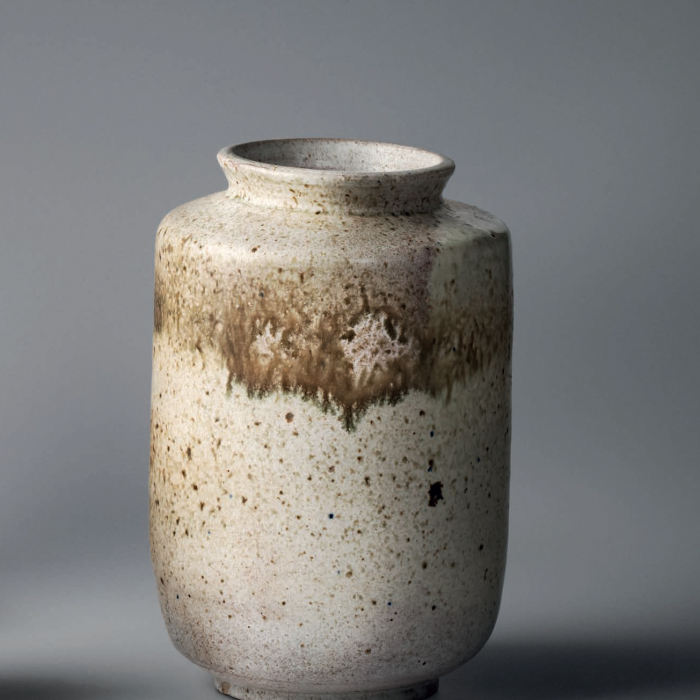Hamada Shōji and Josep Llorens Artigas are considered two great masters of 20th century ceramics. Although the trajectory and work of the two were very different, mutual respect and admiration allow us to present for the first time in this exhibition a story of shared admiration. Both coincided in seeking the innate sense of beauty and in attributing the origin of their works to an anonymous tradition and intuition: glazed and polychrome ceramics with the colours of fire and ash. However, the friendship and recognition between Hamada and Artigas is at the same time a reflection of unprecedented artistic relations between Catalonia and Japan in the middle of the 20th century. This exhibition, therefore, in addition to becoming a tribute to these two great potters, is also an open door to discovering bridges of union and the fruitful attraction between two cultures, between Japanese folk art and Catalan artists.
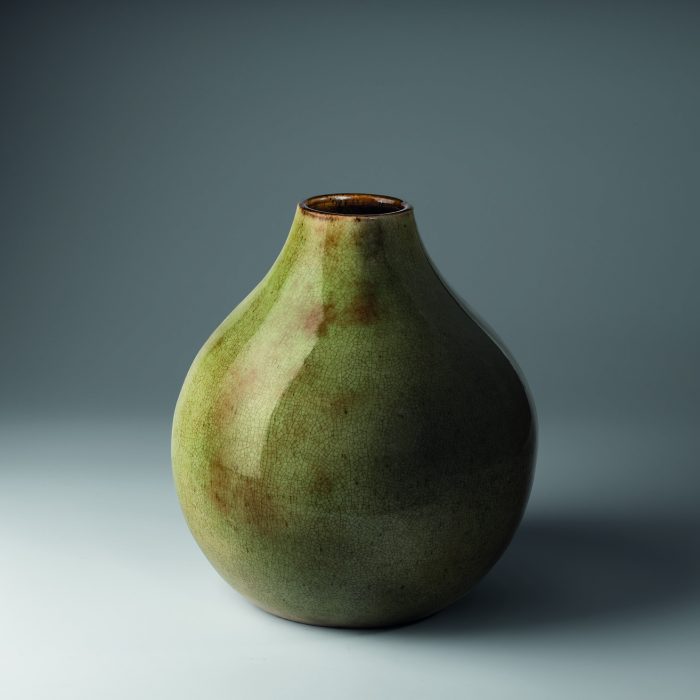

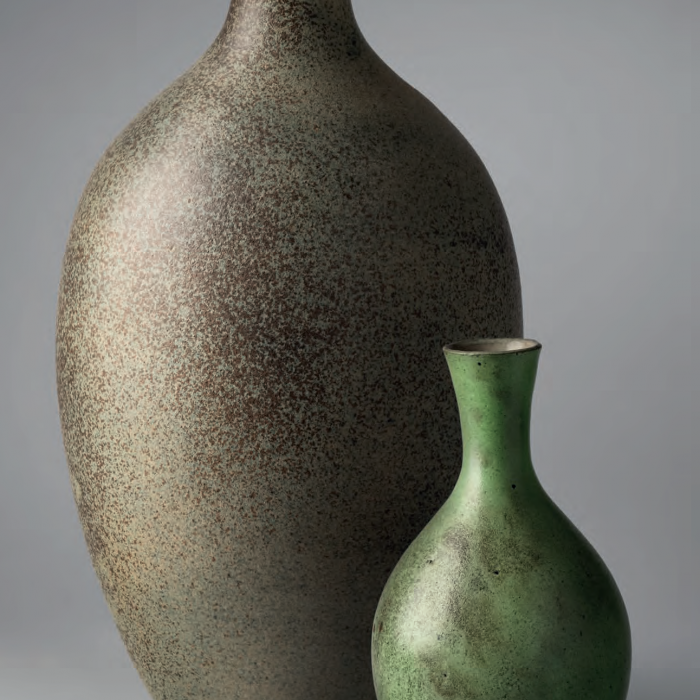
Gerros
1949. Gres esmaltat. 39 a × 6 b × 9 bs × 19 ∅ cm
Signat «Artigas 1949»;
21,6 a × 11,5 ∅ cm
Signat «Artigas». Col·lecció Josep Maria Ferrer

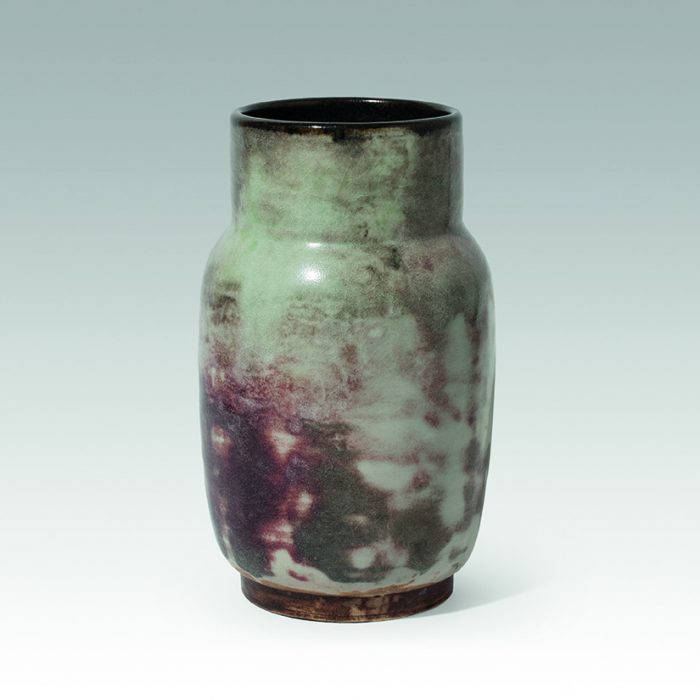
Clar de lluna
1927. Gres esmaltat. 25,8 a × 12 b × 11 bs cm Signat »Artigas 1927« MUSEU DEL D ISSENY DE BARCELONA
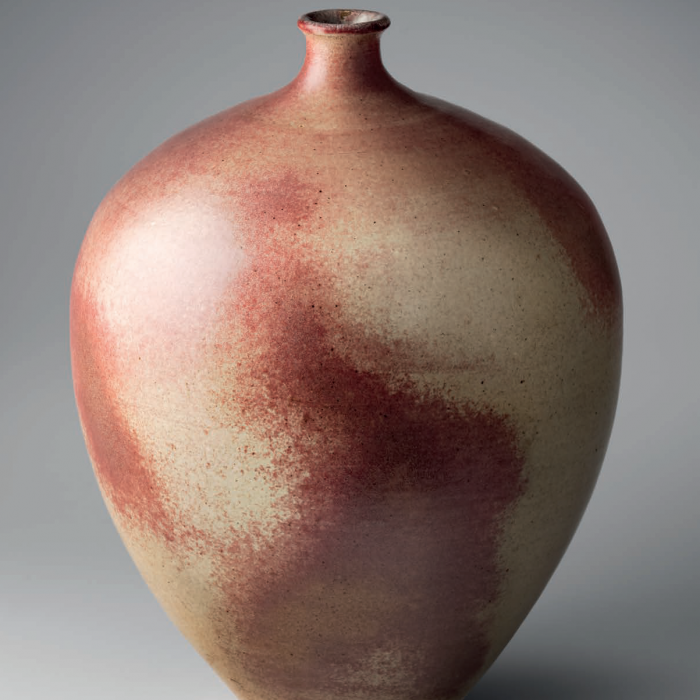


Gerro
1937. Gres esmaltat. 22,5 a × 9,5 b × 12,5 bs cm.
«Signat Artigas Paris 1937». Antiga Col·lecció d'Otto Lloyd. Col·lecció Ramón Córdoba
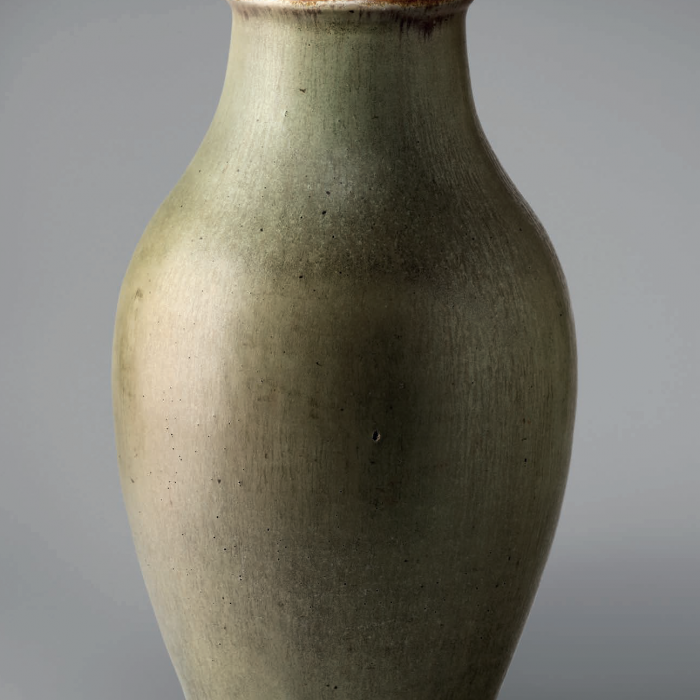
Gerro
1937-1939. Gres esmaltat. 33 a × 10 b × 9,5 bs × 19 ∅ cm
Signat «Artigas Paris 1937-39». Col·lecció particular
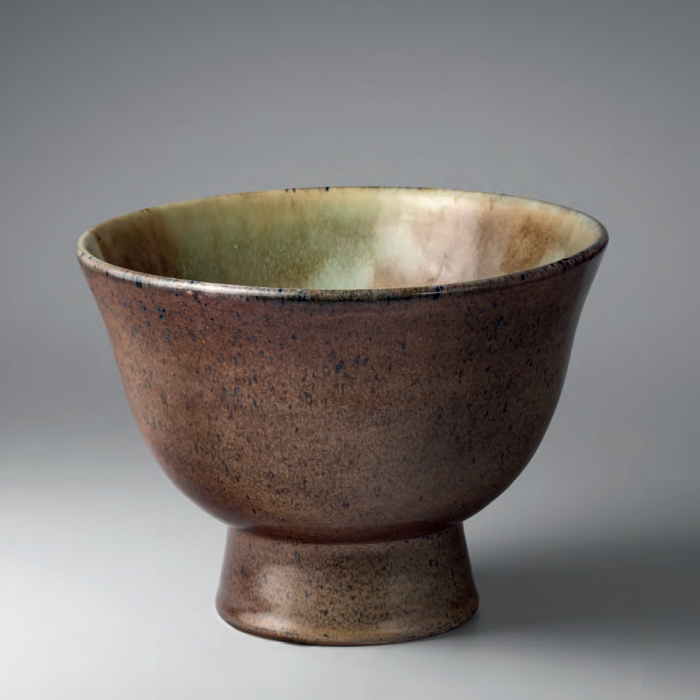
Copa
1937. Gres esmaltat. 16,5 a × 23 b × 12 bs cm
Signat «Artigas París 1937». Col·lecció Família Amat
